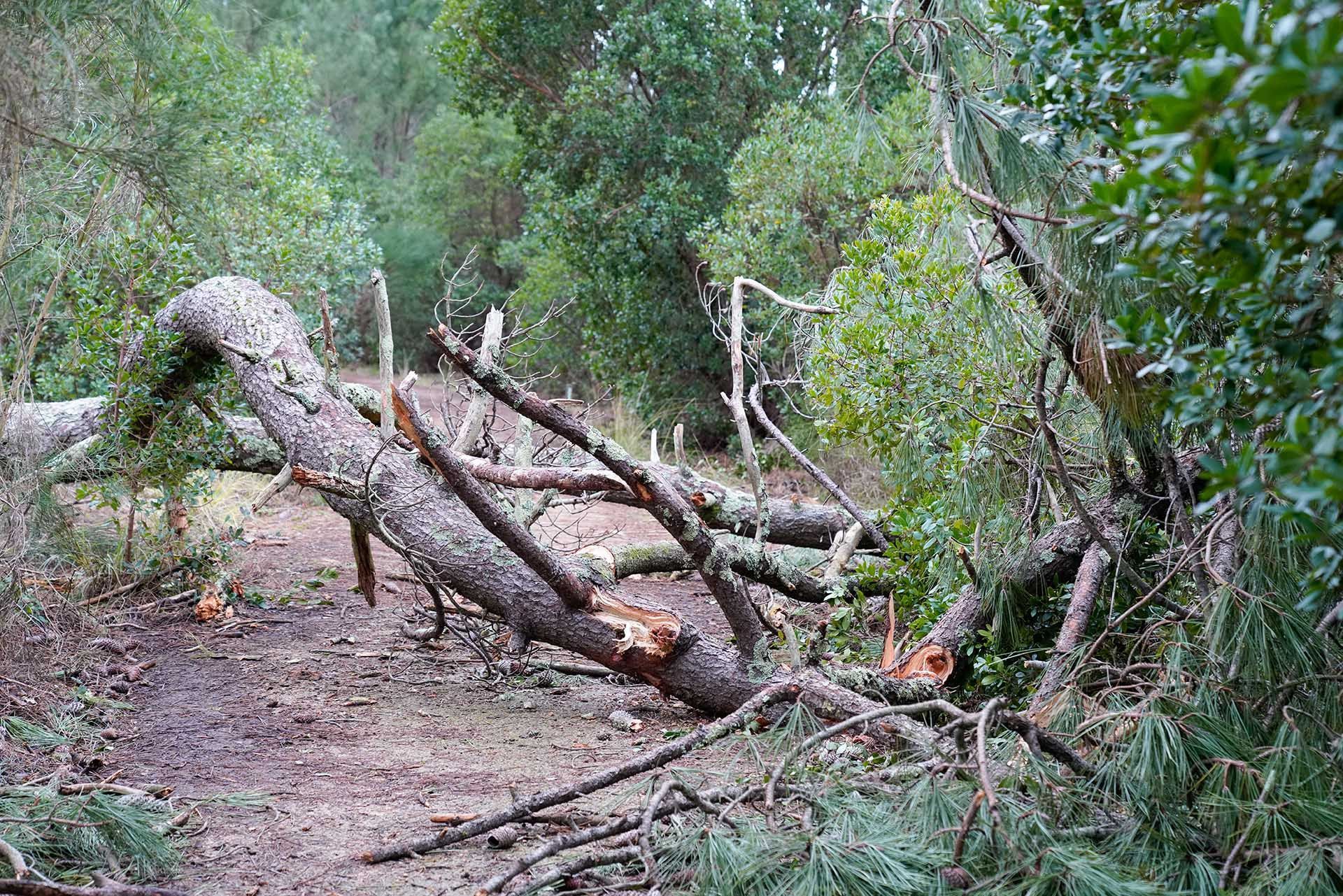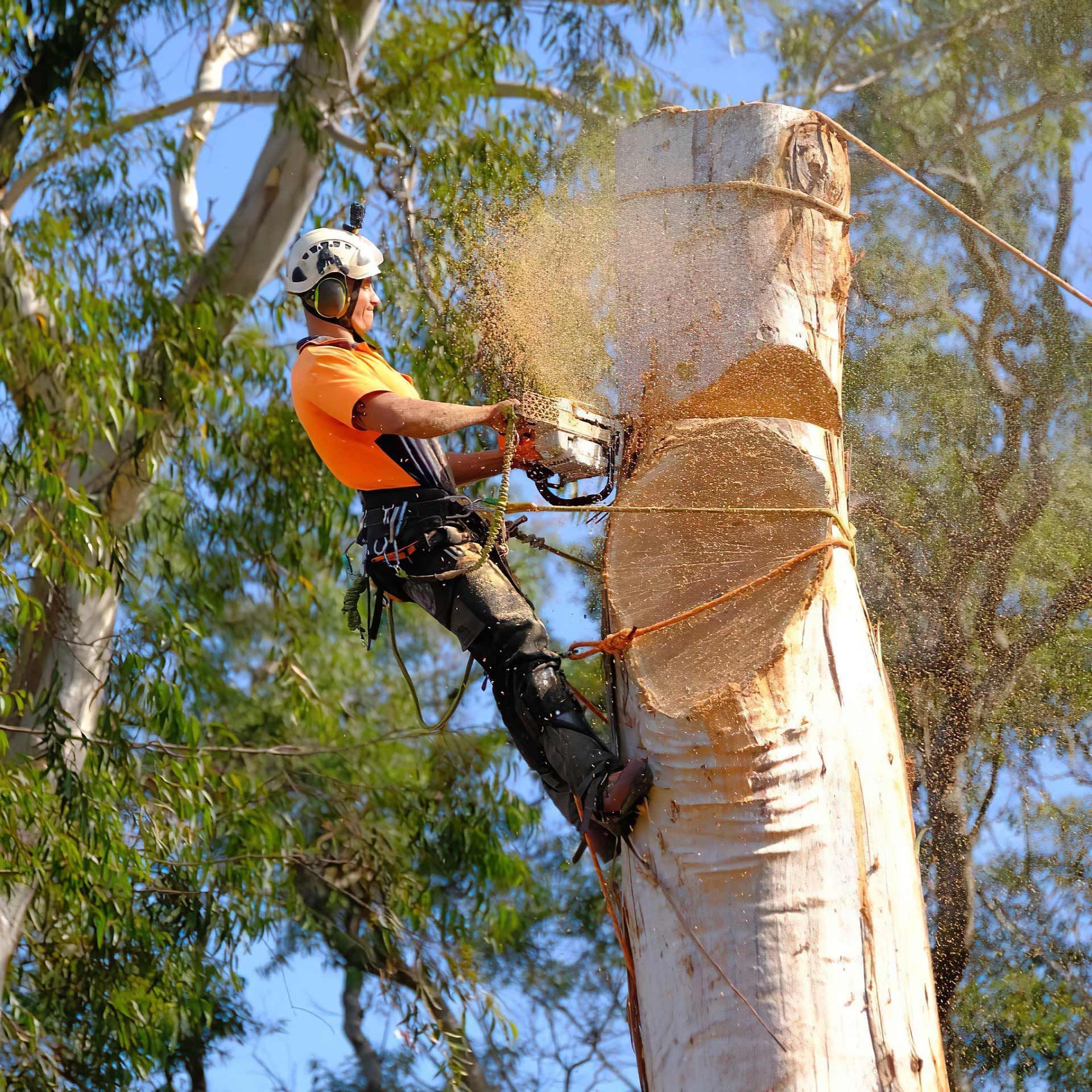A Comprehensive Guide To Managing Fallen Tree Removal Responsibility
Has a powerful storm just swept through your neighbourhood, leaving you to discover the next day that your neighbour's tree fell onto your property? Determining responsibility for fallen tree removal can be tricky as it involves assessment of ownership, the tree's health, and the cause of the damage. In this blog, we'll be discussing these details further to help you navigate the responsibilities surrounding fallen trees. Whether you are the tree owner, a neighbour, or a concerned citizen in the community looking for guidance regarding the removal of a fallen tree, this blog is for you.
Why should you remove a fallen tree?
Removing a fallen tree is essential for safety, environmental considerations, and potential legal responsibilities. Here are some compelling reasons:
Risk of Injury
Fallen trees can pose risks especially if they are blocking pathways or structures. Aside from hindering emergency evacuation routes, these trees can also create potential hazards for drivers and pedestrians by obstructing their sight lines. In addition, when trees fall directly on a building, they may compromise the structural integrity, which increases the likelihood of further damage if not promptly addressed. Emergency tree removal is crucial to mitigate such risks and ensure the overall safety and resilience of the property and its surroundings.
Avoid Further Costs
If not immediately addressed, fallen trees can cause additional damage to structures, vehicles, or other parts of the property. The impact on structures can range from broken windows to severe structural damages which can be too costly to repair. Beyond the financial implications, fallen trees may also impede access for utility services like power lines, water, or sewage systems. Hence, timely tree removal is crucial to avoid repair costs as well as prevent uninterrupted service provision due to the initial damage.
Property Owner Liability
In many jurisdictions, the property owner is legally responsible for maintaining the safety of their premises. This legal responsibility involves prompt action in addressing hazards such as fallen trees to ensure the well-being of occupants and everyone in the vicinity. However, if the tree has affected the community and the owner fails to address such issues in a timely manner, the local council may issue directives and fines. Hence, property owners are urged to be mindful in addressing potential risks to prevent potential legal liabilities and maintain a safe environment for themselves and their community.
Prevent Disease Spread
When a tree falls, it becomes a breeding ground for pests and diseases. The decaying wood and exposed bark create an environment that is conducive to insects and fungi. This not only poses a threat to the health of the surrounding trees but also increases the risk of infestations affecting the entire property. Hence, removal should be done quickly to prevent the spread of diseases as well as to protect healthy trees in the vicinity.
Reduce Fire Hazards
In bushfire prone areas, dry or decaying fallen trees can pose fire hazards especially during the hot season. With the accumulation of dry leaves and the presence of flammable oils in the wood, these trees can become highly combustible. Having this heightened fire risk, property owners are highly encouraged to prioritise regular assessments and prompt tree removal to minimise the potential impact and mitigate the risk of wildfires.
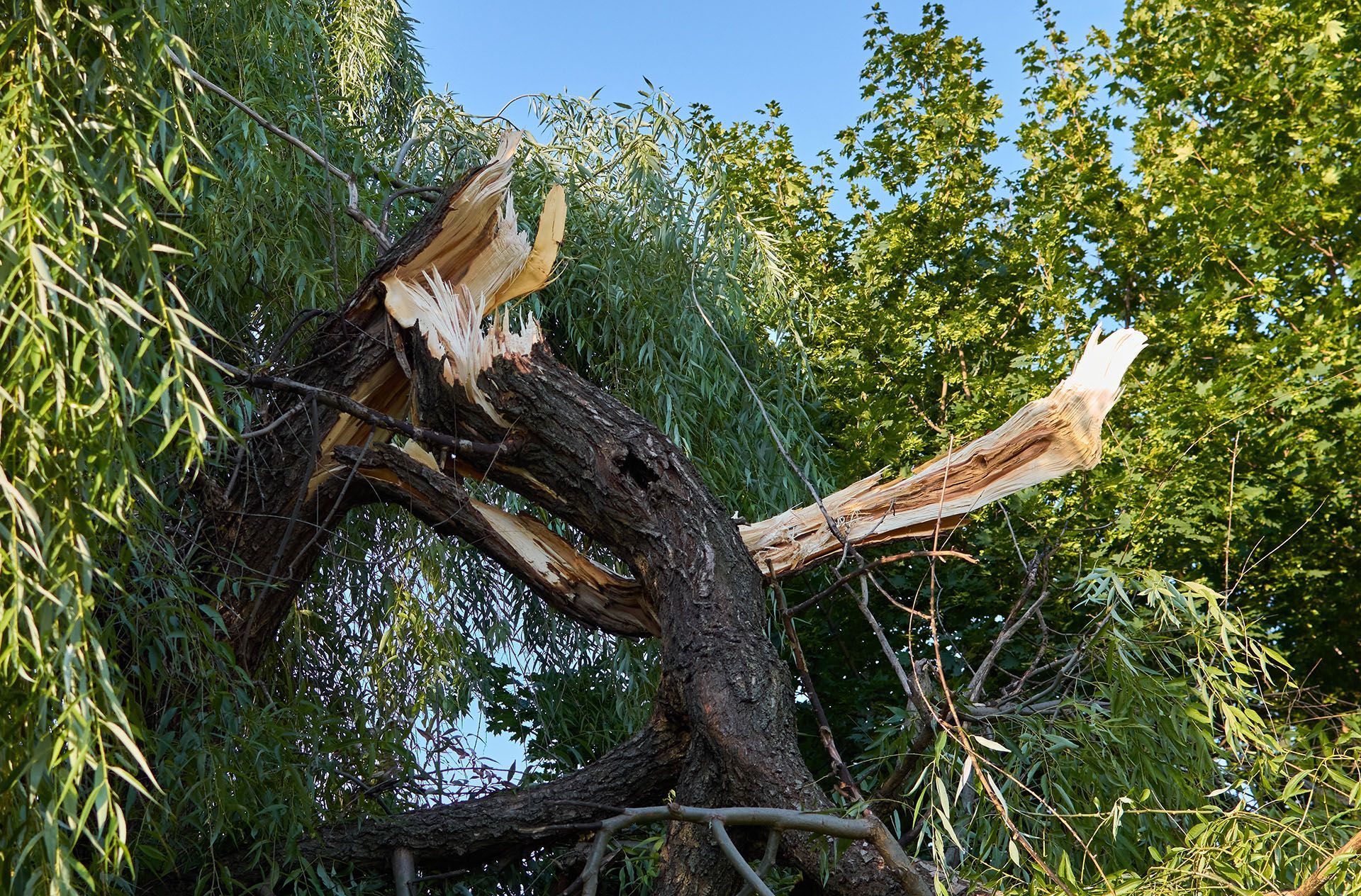
Expedite Claiming Process
Insurance policies may require property owners to take reasonable steps not only to prevent further damage but also to simplify and expedite the claims process. If property owners don't address such hazards immediately, the coverage for the costs associated with the tree removal process may leave the property owner responsible for a larger portion of the expenses. To avoid this, owners should promptly fulfil their insurance obligations by providing clear documentation of mitigation efforts.
Maintain Appearance and Property Value
A fallen tree won't just negatively impact the curb appeal of your private property but it may also affect its overall property value. When it comes to property sale, the first thing that buyers will notice is the external appearance. And if they a fallen tree within the premises, it can create a less favourable impression. Not only can this negatively impact the curb appeal of your property, but it may also affect its overall property value.
How do you determine who is responsible for the fallen tree?
In Australia, fallen tree removal responsibility is generally determined by various factors.
Private Property Owner
The property owner is responsible for fallen tree removal if:
Act of Nature
If the tree falls due to natural occurrences such as a severe storm, and you as the property owner had no prior knowledge of the tree being a hazard, then it may be considered an act of nature. In such cases, responsibility for the damage caused by the fallen tree is typically attributed to the owner where the tree is located.
Negligence
If the tree falls due to negligence on the part of the property owner, such as poor maintenance or failure to address known risks, the person responsible for fallen tree removal will be the property owner himself. Negligence can include factors such as neglecting a tree's health, ignoring signs of tree disease, not addressing structural weaknesses, or failing to conduct routine inspections. In such cases, liability could extend from fallen tree removal costs to the damages caused to neighbouring properties or individuals affected by the incident.
Shared Responsibility
If the tree is entirely on your property, then it indicates that you are the tree owner. Any damage that it causes will also be yours. However, if the tree straddles property lines, shared responsibility is applicable. For instance, if the tree falls and causes damage to both your property and your neighbour's property, such as a boundary fence, both parties may need to work collaboratively to address the issue. This involves the extent of the damage, potential solutions, and the associated costs.
Local Council
If the fallen tree is on public land, such as a park, roadside, or other council-managed areas, the local council is generally responsible for its removal and any associated cleanup. However, in cases where a fallen tree spans both public and private property, responsibility for removal and associated costs may be shared between the property owner and the local council.
Insurance Policy
In most cases, private property owners typically have home and contents insurance that may sometimes cover fallen tree removal. Depending on the specific terms and conditions, insurance coverage may extend to the costs of removing the tree as well as repairing the structural damage.
However, while some policies may cover the removal of fallen trees, there could be limitations. For example, the policy may only cover removal if the tree causes damage to insured structures or belongings. Thus, homeowners should carefully review their insurance policies to ensure they understand the specific criteria.
Takeaway
Whether the tree is on public or private property, taking responsibility for fallen trees is a necessary action to prevent further damage, ensure safety, comply with legal obligations, and contribute to the overall well-being of both the property and the surrounding community.
At Hi-Line Tree Services, we offer professional tree services for residential, commercial, or government projects in Mackay and the Whitsundays. Our team of certified arborists and skilled professionals is equipped to handle all types of tree work including removal of fallen trees. If you need to remove a tree on your property, call us today to schedule an appointment.
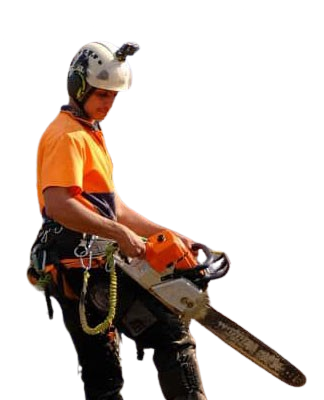
-
Visit Our Website
We hope you enjoyed reading this blog post!
Hi-Line Tree Services is a fully licensed tree care company based in Whitsundays and Mackay. We are equipped to handle all types of tree works from tree removal and pruning to coconut palm de-nutting, stump grinding, and land clearing. We offer free quotes and we are available 24/7 for tree emergencies.
We hope you enjoyed reading this blog post!
Hi-Line Tree Services is a fully licensed tree care company based in Whitsundays and Mackay. We are equipped to handle all types of tree works from tree removal and pruning to coconut palm de-nutting, stump grinding and land clearing. We are also available 24/7 for tree emergencies.
Get a free quote today!
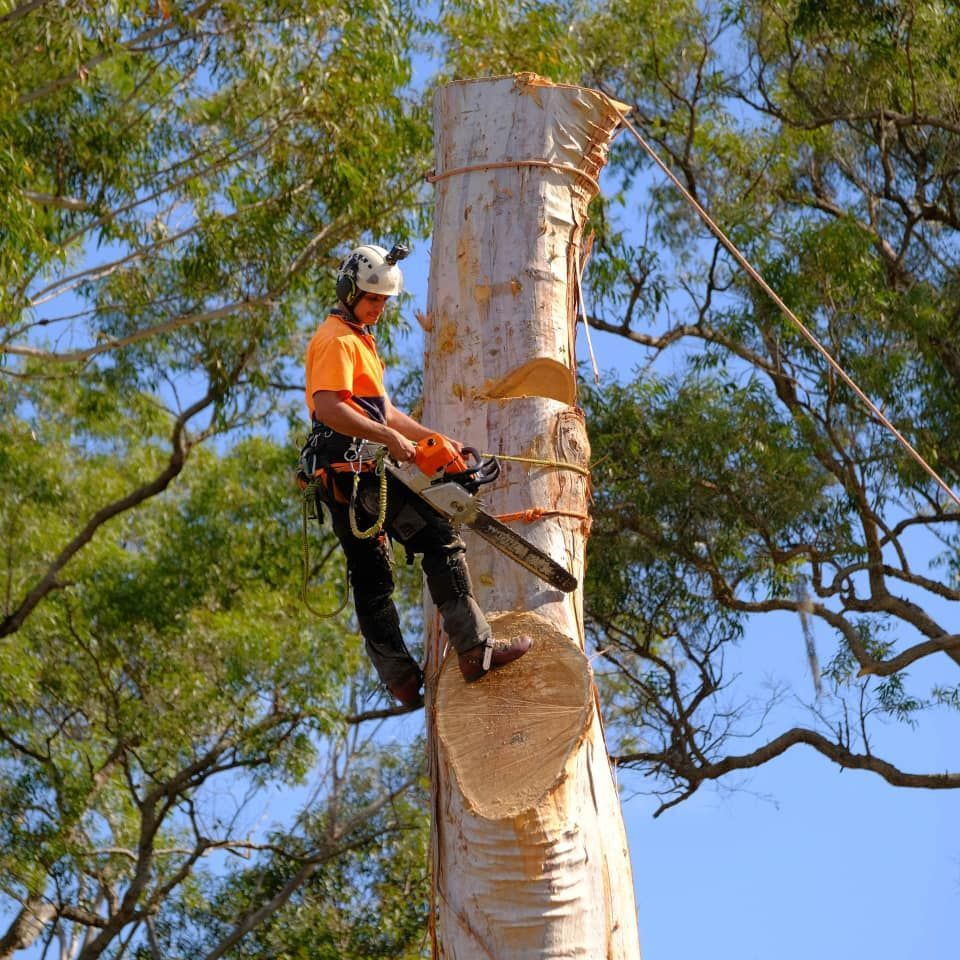
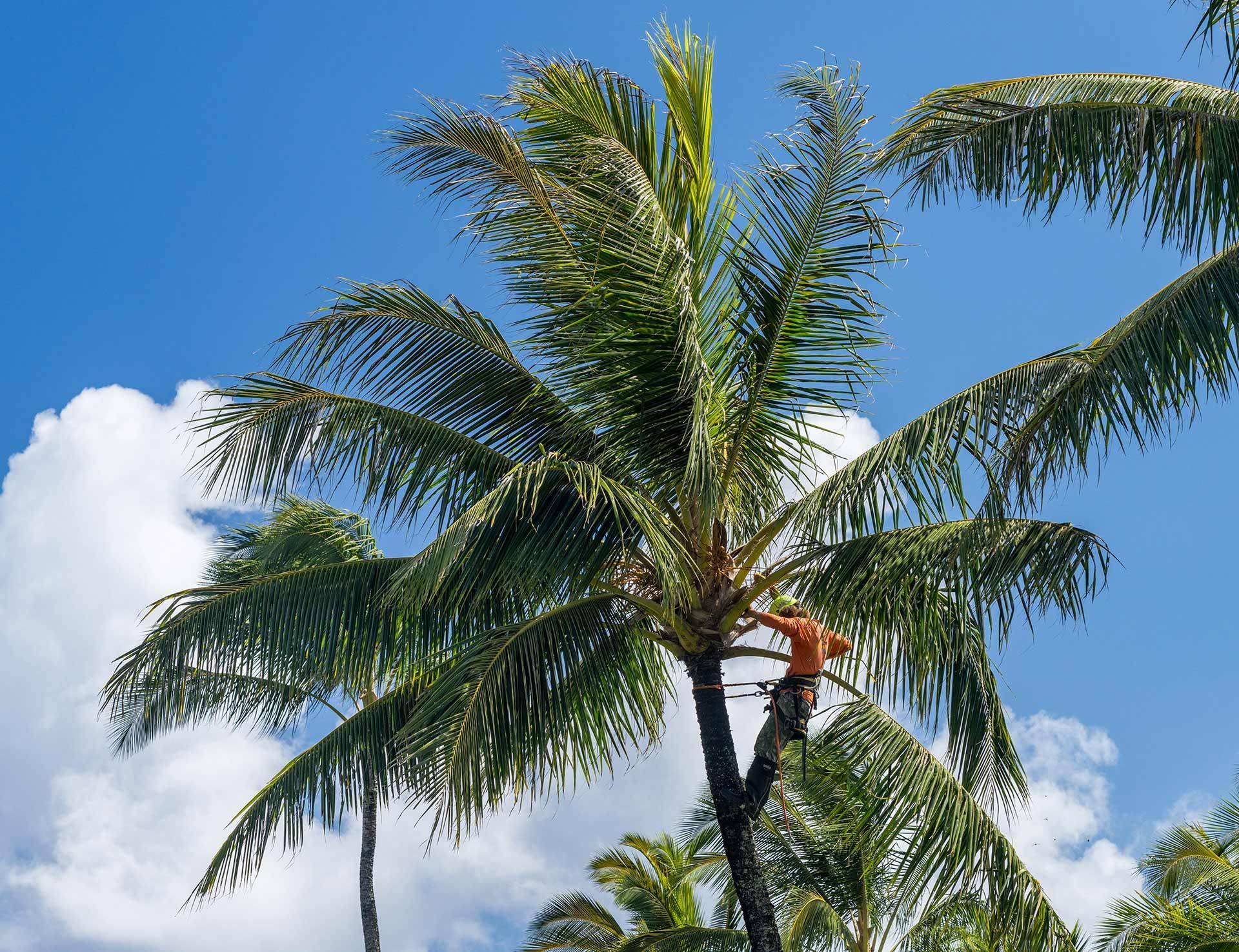
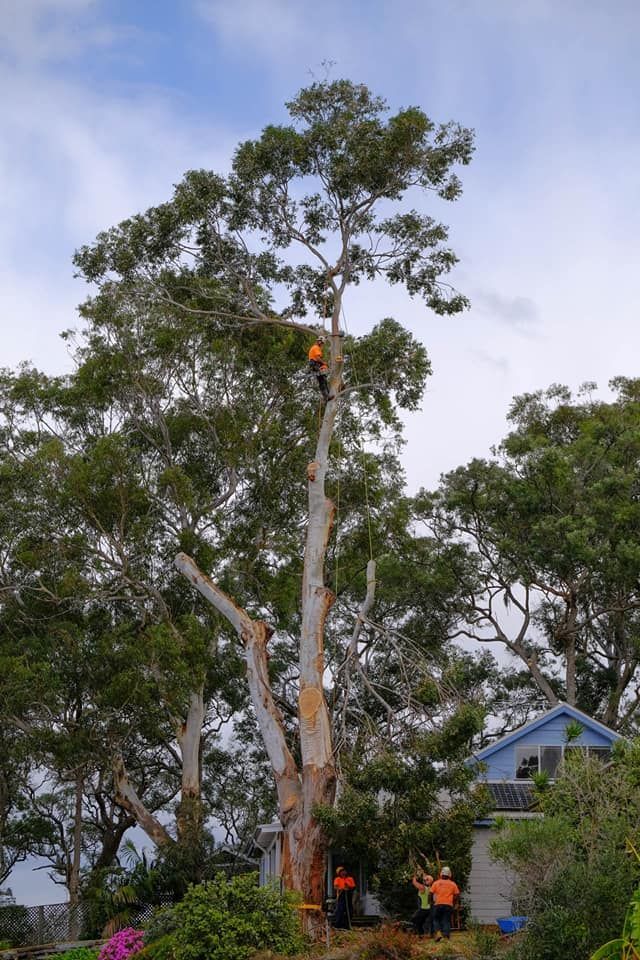

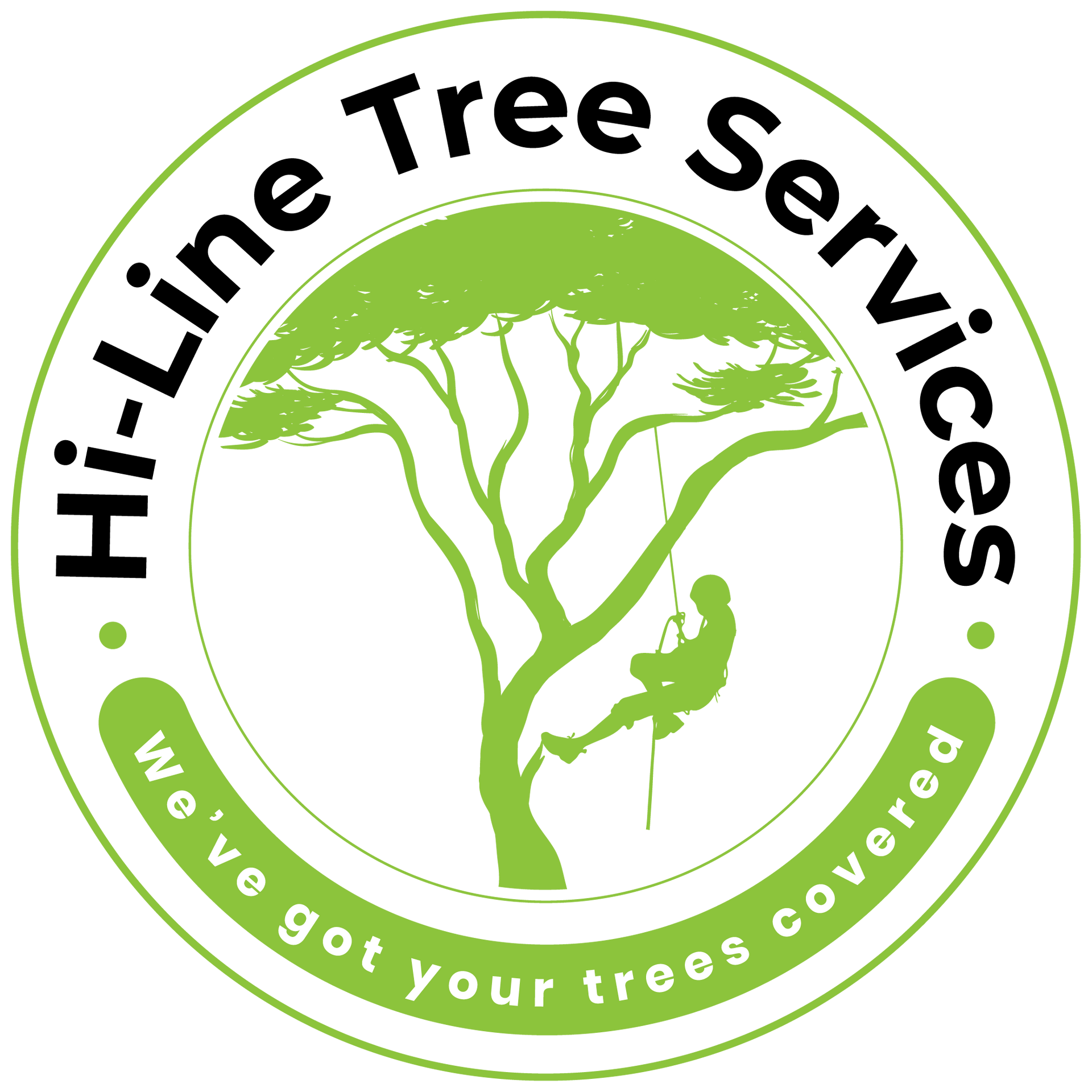
Leave all your tree care needs to the experts at Hi-Line Tree Services. We are equipped to handle all types of tree works, including coconut palm de-nutting, tree removal, pruning, stump grinding, and land clearing of your residential, commercial, or government projects.
ABN 35 665 811 861



